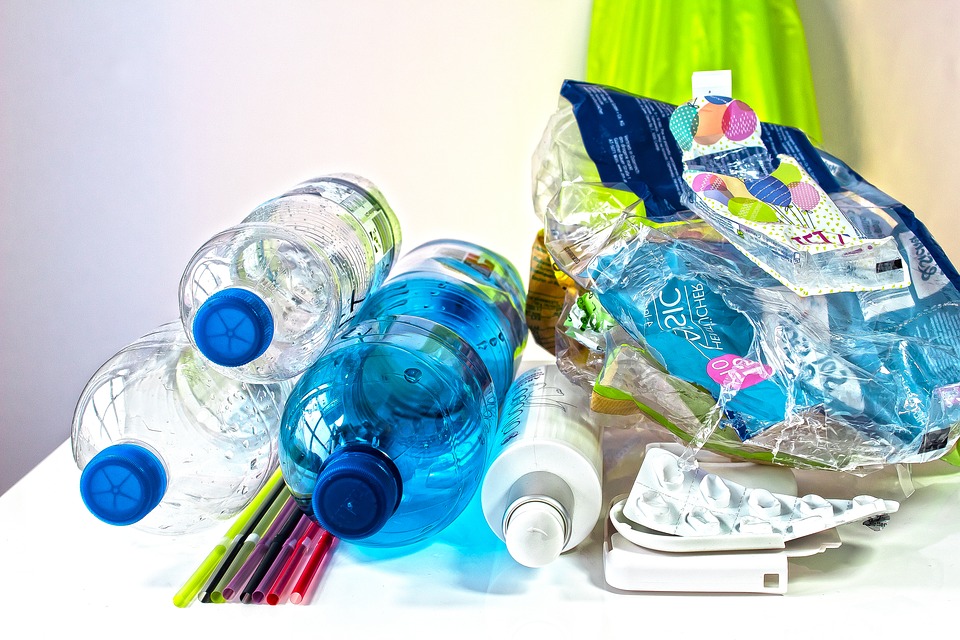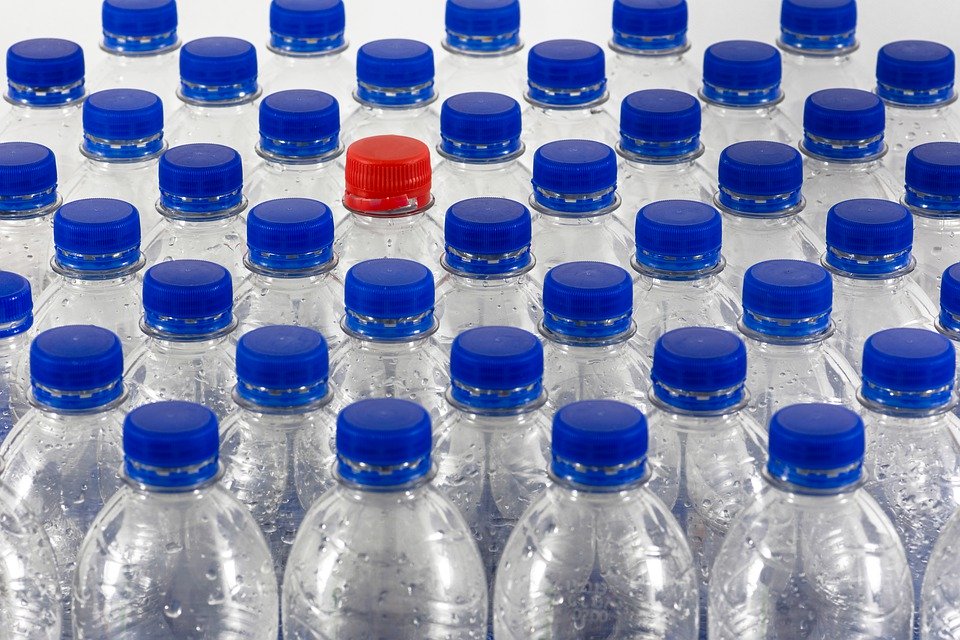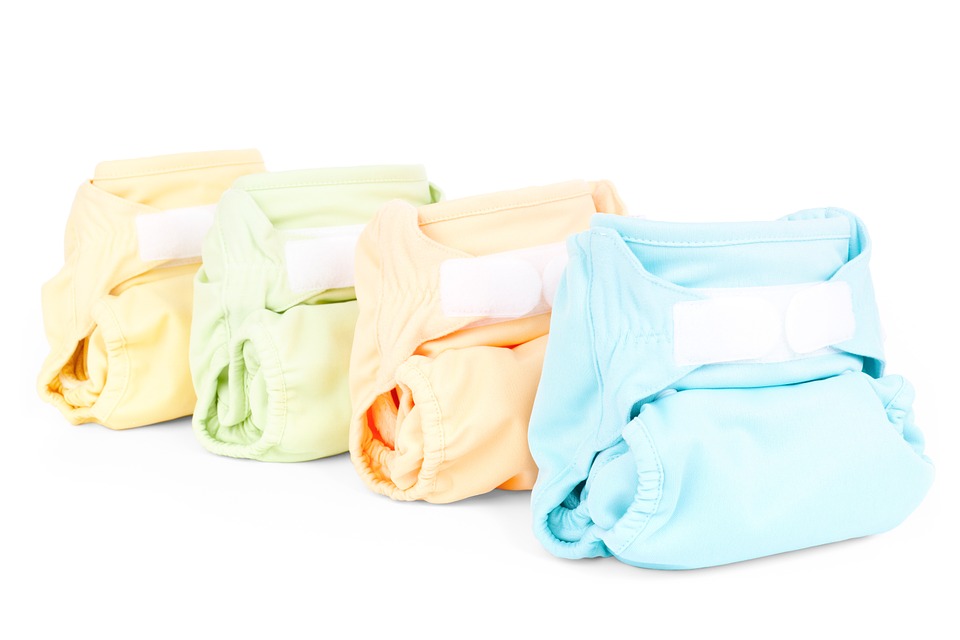by Valerie Garforth, FAUSA
Humankind has always generated household waste. Archeologists learn a great deal about ancient – and not so ancient – populations by investigating their middens. Future archeologists will probably have a lot to say about us when they investigate our landfills and the great garbage patches in the oceans, and it is not likely to be very complimentary! According to a University of Georgia study, 18 billion pounds (8 million metric tons) of plastic trash winds up in our oceans each year.  Plastics cause more than 80% of the negative effects on animals associated with ocean trash, and over 100,000 marine animals die every year from plastic entanglement and ingestion. The world generates 2.01 billion tons of municipal waste annually. The US, with 5% of the global population, creates 25% of the waste, much of it going to landfills. Landfills are among the biggest contributors to soil pollution, and roughly 80% of the items buried in landfills could be recycled. For instance, over 11 million tons of recyclable clothing, shoes and textiles make their way into landfills each year. Although 75% of America’s waste is recyclable, only around 30% of it actually gets recycled.
Plastics cause more than 80% of the negative effects on animals associated with ocean trash, and over 100,000 marine animals die every year from plastic entanglement and ingestion. The world generates 2.01 billion tons of municipal waste annually. The US, with 5% of the global population, creates 25% of the waste, much of it going to landfills. Landfills are among the biggest contributors to soil pollution, and roughly 80% of the items buried in landfills could be recycled. For instance, over 11 million tons of recyclable clothing, shoes and textiles make their way into landfills each year. Although 75% of America’s waste is recyclable, only around 30% of it actually gets recycled.
All the waste we create started off as products (machinery, electronics, furniture, clothing, food, etc.) that required resources (often derived from oil) to manufacture and transport, all adding to greenhouse gas production and pollution. In order to tackle the mountain of waste that we create, we know that we need to “Reduce, Reuse, and Recycle”. In her book Zero Waste Home, Bea Johnson adds another two “Rs” to the mantra, which becomes “Refuse, Reduce, Reuse, Recycle and Rot (compost).” Tending to zero is an algebraic term (if I remember correctly) by which a number continuously approaches zero but never reaches it. We cannot eliminate all waste, but we can aspire toward creating as little waste as possible and dealing responsibly with the rest. In a series of articles, the FAWCO Environment Team will address each of the “Rs” and suggest ways we can all contribute to the reduction of waste.
This first article focuses on the first “R” in this process, Refuse: In order to reduce the amount of waste coming out of our homes (and other buildings) it makes sense to reduce (by refusing) what comes into them. The concept of “refusing” is a way to eliminate waste, or at least reduce it, at the source. This saves money, clutter, the need for maintenance and cleaning, and sends a strong message to shops and manufacturers. Here are some suggestions.
Refuse:
- Anything that is not recyclable or is difficult to recycle. Check the labels. Polystyrene is in this latter category; it is difficult to avoid, and while it can be recycled, you need to search for recycling locations near you.

- Single-Use Plastics: disposable bottles, cups, lids and flatware are designed to be used once and thrown away, going straight into the waste stream. Bring your own refillable water bottle and an insulated coffee cup with you. Take reusable metal flatware to picnics.
- Plastic Straws: straws were originally made of – straw (!) which is biodegradable. Plastic straws cause a lot of harm to birds and other wildlife in the environment. Paper straws are available but are still more expensive than the plastic variety. You can buy reusable metal straws that can be washed and reused indefinitely. Alternatively, refuse the straw and drink from the cup!
Hotel toiletries: small hotel shampoo and conditioner packs provide very little product and a lot of plastic; they are not “free,” as we pay for them at the room price. Some hotels now provide bulk dispensers for soap, shampoo and conditioner. If you have a stock of hotel toiletries, use them at home or pack them to take on your next trip and recycle the plastic. Don’t give them to homeless shelters, as they want regular size products! When the stock is exhausted, take shampoo and conditioner in small refillable screw-top bottles.
- Disposable toothbrushes: take a regular toothbrush with you in a container.
- Conference goodies and giveaways: refuse these unless they are a) consumable, or b) you actually can use them or know someone who will.
- Plastic bags: we all know that we need to refuse plastic bags, and some countries already ban plastic bags. Always take a bag full of reusable bags when shopping and present them at the checkout. Make a fuss about not wanting to accept plastic bags. A reusable bag takes more resources to manufacture and transport, but over the years (if not decades) of use, it will reduce the need for thousands of plastic bags. Those that do sneak into the house can be washed (if necessary) and reused.

- Restaurant containers: take a reusable container with you if you go to a restaurant for a meal so that you can bring back any leftovers in your washable container instead of using their polystyrene or coated paper container.
- Unwanted gifts in the mail: all kinds of organizations seem to send “free” gifts in order to persuade us to send them money. They may be very worthwhile organizations, but there is a limit to how many calendars, note pads, address stickers, etc. we can use. Anything that looks like a “free gift” can be placed back in the mail with “please return to sender” written above the crossed-out address label.
- Unwanted packaging: many grocery stores are selling bulk food items, and this allows you to fill your own reusable containers and eliminate packaging.

- Paper napkins: use washable cloth napkins. Use cloth handkerchiefs instead of paper tissues (unless you have a very heavy cold).
- Fast fashion: buy good quality classic clothes which look good and last a long time.
- Air travel: this is a big one. Refuse to fly if there is a mass transit (high speed train) alternative. Post-Cold War flight paths travel over the Arctic, and fuel residues landing on the ice make it absorb more sunlight, which speeds melting. For expatriates overseas, it may be easier to “Reduce” flying rather than “Refuse.”
 Disposable diapers and wipes: washable cloth diapers and wipes have been used since time immemorial, and owning a washing machine and dryer eases the process. Disposable diapers are difficult to dispose of, as they don’t biodegrade easily or quickly. Consider using them just for overnight and for traveling with your baby. Wikipedia has a good overview of cotton and disposable diapers.
Disposable diapers and wipes: washable cloth diapers and wipes have been used since time immemorial, and owning a washing machine and dryer eases the process. Disposable diapers are difficult to dispose of, as they don’t biodegrade easily or quickly. Consider using them just for overnight and for traveling with your baby. Wikipedia has a good overview of cotton and disposable diapers.
References:
Zero Waste Home, Bea Johnson
Inconspicuous Consumption: The Environmental Impact You Don’t Know You Have, Tatiana Schlossberg
50 Recycling and trash statistics that will make you think twice about your trash https://www.rubiconglobal.com/blog/statistics-trash-recycling/
Zero Waste to Landfill https://www.carbontrust.com/news/2017/03/what-is-zero-waste-to-landfill/ (for organizations)

